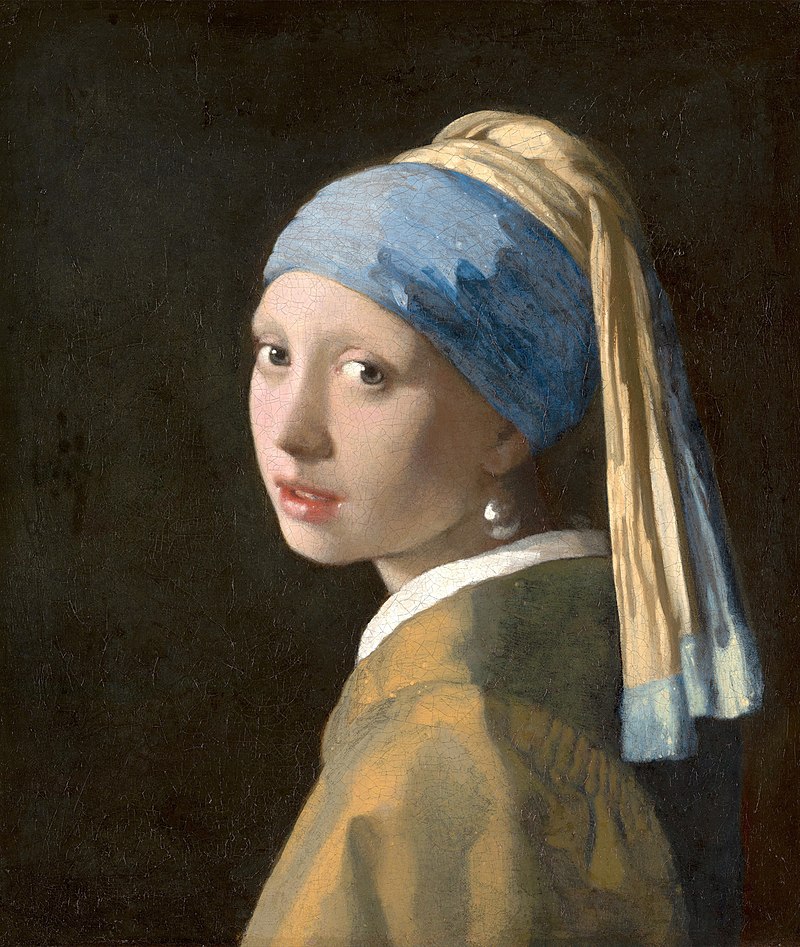Introduction
Oil painting is a cherished art form that has captivated the hearts and minds of artists and art enthusiasts alike for centuries. The luminosity, depth, and richness achieved through this technique have given birth to some of the world’s most renowned masterpieces. In this comprehensive exploration, we will delve into the enchanting world of oil painting – its unique description, fascinating facts, and the intriguing journey through its rich historical tapestry.

Oil Painting: A Vivid Description
At its essence, oil painting is a technique that employs pigments mixed with a drying oil, typically linseed oil, to create a range of stunning visual effects on a canvas or other surfaces. The use of oil as a medium allows artists to achieve an unparalleled luminosity, texture, and vibrancy in their works. This technique offers a remarkable flexibility that grants artists the ability to blend, layer, and manipulate colors, resulting in a level of depth and realism that is often unparalleled.
Fascinating Facts about Oil Painting
1. Ancient Origins: While oil painting gained prominence during the Renaissance, its origins can be traced back to ancient civilizations such as Egypt and India, where artists used various oils to create art.
2. Renaissance Revolution: The Renaissance era witnessed the widespread adoption of oil painting techniques. Artists like Jan van Eyck pioneered the use of oil-based pigments, forever altering the artistic landscape.
3. Longevity and Preservation: One of the most remarkable aspects of oil painting is its longevity. Properly executed oil paintings have the potential to remain vibrant and intact for centuries.
4. Versatile Techniques: Oil painting offers an array of techniques, including impasto (thick application), glazing (thin layers), and scumbling (transparent layers), each adding unique texture and depth to the artwork.
5. Masterpieces of the Ages: The history of art is adorned with breathtaking oil paintings, from Leonardo da Vinci’s enigmatic “Mona Lisa” to Vincent van Gogh’s emotionally charged “Starry Night.”

A Glimpse into the Historical Evolution
Medieval Precursors and Renaissance Flourish
The roots of oil painting can be traced back to ancient times, where civilizations utilized oil-based pigments for decorative and devotional purposes. However, it was during the Northern Renaissance that oil painting experienced a transformative leap. Artists like Jan van Eyck revolutionized the art form with their intricate use of layered oil pigments, resulting in unparalleled realism and luminosity.
The Baroque Splendor
The Baroque era embraced oil painting’s potential for dramatic effects and emotional intensity. Masters like Caravaggio and Rembrandt harnessed chiaroscuro – the interplay of light and shadow – to craft dynamic and evocative compositions that continue to resonate with viewers.
Impressionism and Beyond
The 19th century witnessed the emergence of Impressionism, a movement that celebrated the interplay of light and color. Artists such as Claude Monet and Pierre-Auguste Renoir captured fleeting moments with delicate brushstrokes and vibrant color palettes. As the art world evolved, oil painting remained a cornerstone of artistic expression, adapting to new styles and concepts.
The Magic of Oil Painting Techniques
Color Blending and Layering
Oil painting’s inherent slow-drying nature allows artists to blend and layer colors seamlessly. This technique creates smooth transitions and a three-dimensional quality that breathes life into the artwork.
Textural Exploration
Artists can experiment with various tools and brushes to create unique textures and effects. The impasto technique, in particular, adds depth and dimension by applying thick layers of paint.
Glazing and Luminosity
Glazing involves applying transparent layers of color over a dried layer. This technique imparts a radiant luminosity that adds a sense of depth and realism to the artwork.
Masterpieces that Define Eras
Leonardo da Vinci’s “Mona Lisa”
Arguably the most famous portrait in art history, da Vinci’s “Mona Lisa” captivates with its enigmatic smile and lifelike gaze. The sfumato technique, a delicate blending of colors and tones, contributes to the painting’s timeless allure.
Johannes Vermeer’s “Girl with a Pearl Earring”
Vermeer’s mastery of light and shadow is showcased in this iconic work. The exquisite play of light on the pearl earring and the subject’s expressive gaze reveal the artist’s profound understanding of oil painting techniques.
Vincent van Gogh’s “Starry Night”
Van Gogh’s emotional intensity is palpable in “Starry Night,” where swirling brushstrokes and vibrant colors convey a sense of turbulence and beauty. The painting’s textured surface invites viewers to experience the artist’s emotions firsthand.
Conclusion: A Timeless Art Form
Oil painting is not doubt a testament to the enduring power of human creativity. Its rich history, captivating techniques, and ability to capture emotion have solidified its place as a timeless art form. From the Renaissance to modern times, oil painting continues to inspire and enchant, serving as a bridge between generations and cultures. As we marvel at the strokes of the masters and explore new possibilities, we celebrate the everlasting allure of oil painting and its profound impact on the world of art.


